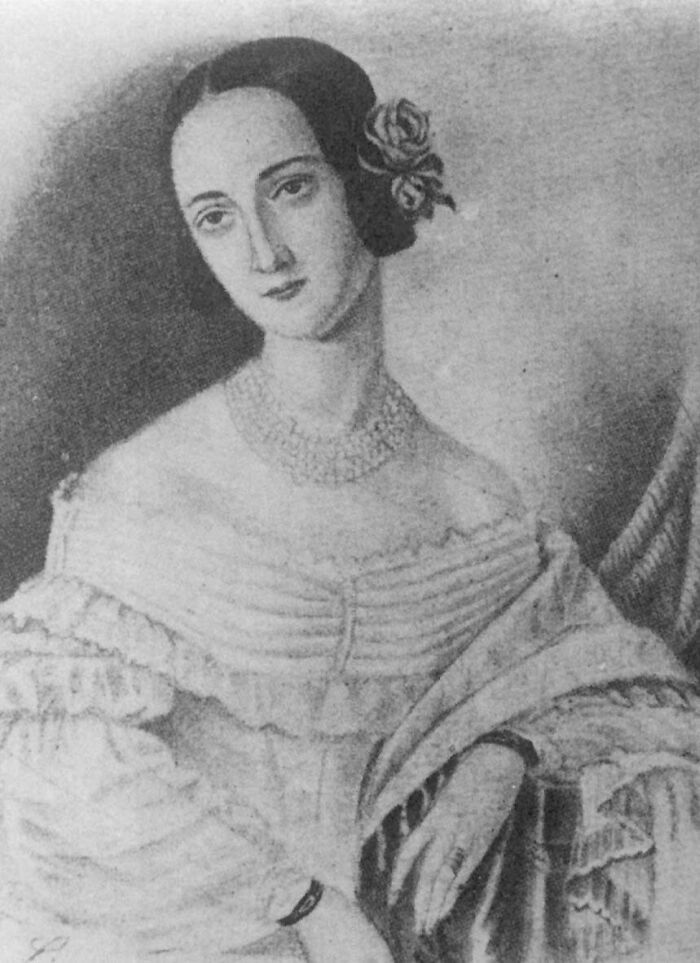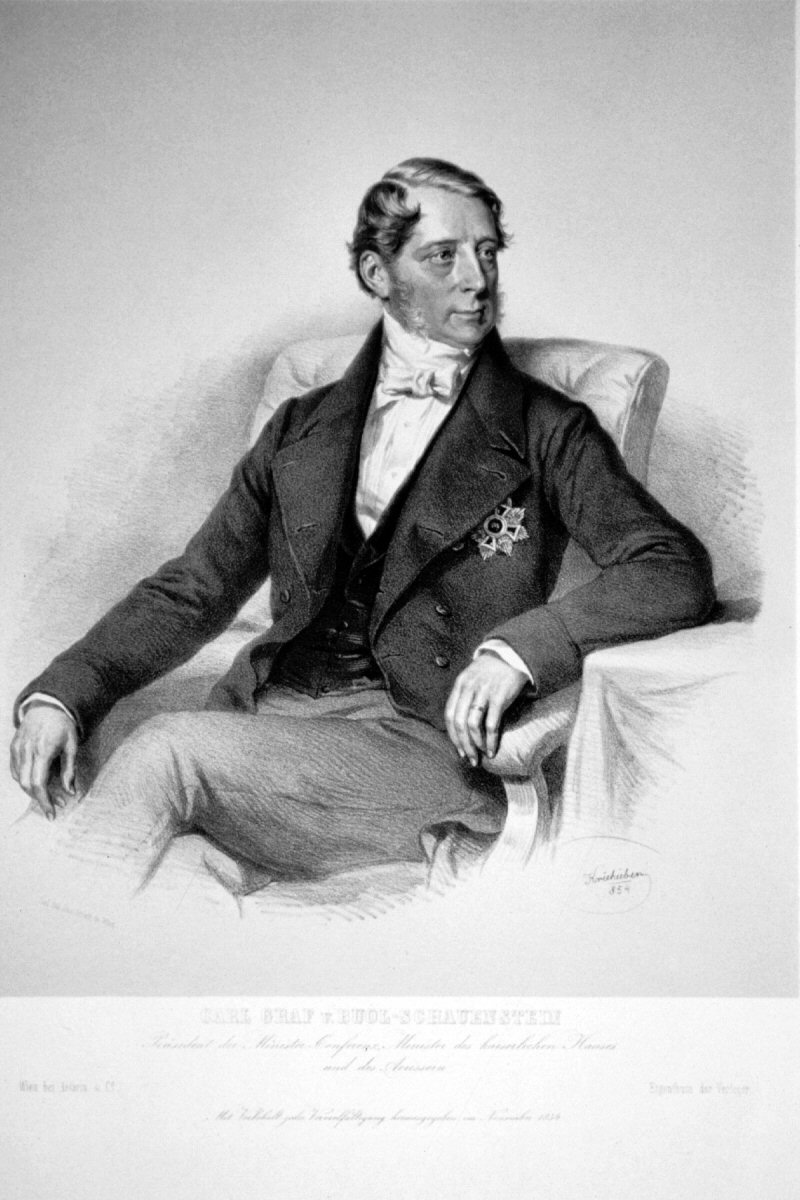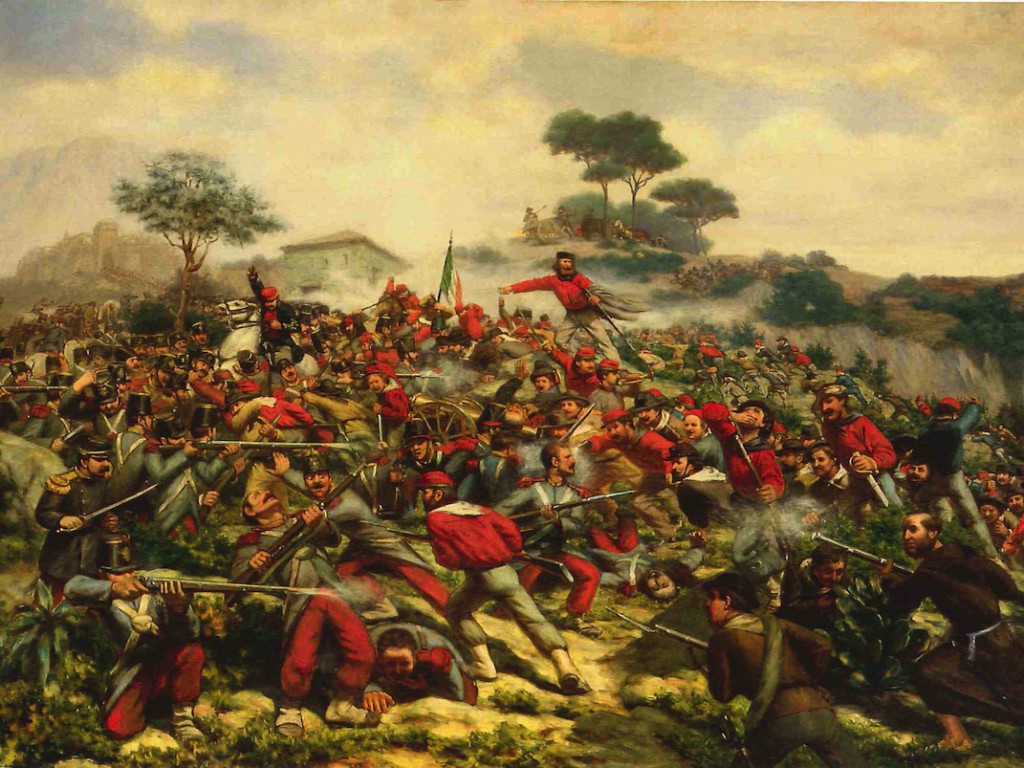More:
AFTERMATH OF THE GREAT ITALIAN WAR
Louis Philippe II, King of the French. He ruled from 1850 until his death in 1896.
The Great Italian War had ended in early 1839, but there was still some work to be done. Louis Philippe I and Ferdinand II wanted to make sure that Spain and Sardinia got what they deserved for causing it. They decided to write the Treaty of Paris in 1840 that included the following:
Concerning Sardinia:
- The Kingdom of Sardinia will recognize Piedmont, Savoy, Nice, Aosta, Montferrat, and most of Genoa as part of the Kingdom of the French (with the Duchy of Parma getting the rest of Genoa).
- Charles Albert will no longer be the King of Sardinia, as he would be exiled to Elba. François d'Orléans would be the new King of Sardinia.
- Cagliari would become the new capital of Sardinia, as Turin would now be under French.
Concerning Spain:
- The Spanish colonies of Cuba and Puerto Rico would now belong to the French (The British were unhappy about that decision).
- Spain would give up the Balearic Islands to France, the Canary Islands to Morocco, and Galicia to Portugal. This made Spain even less important.
Concerning the Two Sicilies:
- Sicily would gain the British island of Malta, making the British angry at their expanse.
Ferdinand was also upset that he only got Malta - he wanted Sardinia as well. Louis Philippe then made a decision - he would give the Papal States to Ferdinand when Pope Gregory XVI died. Ferdinand also didn't want Sardinia to turn into a French puppet like Tuscany - he wanted the kingdom himself. He decided to stir up an anti-French revolt in order to get rid of François and claim the island for himself. However, his plans were dashed as, even though François escaped to Corsica, Charles Albert's son, Victor Emmanuel, came to be crowned as King Victor Emmanuel II of Sardinia.
François d'Orléans, the supposed King of Sardinia
Victor Emmanuel II, King of Sardinia
Spain, however, was harshly hit by the 1840 Treaty of Paris. Although Carlos V still ruled Spain, he had to pay a royalty to the French for dragging them to war. Carlos gained notability by famously stating, "
I would never submit myself to the House of Orléans! I am a Bourbon and a Carlist, not some Spanish person who would listen to the French every day just because of a war I
didn't start on my own." Furious, Louis Philippe decided he would personally oversee the invasion of Spain himself.
On June 30th, 1843, the French Army under Camille Alphonse Trézel invaded Spain and reached Madrid on March 3, 1844. Trézel then ordered his soldiers to burn the city on March 5. Most of the Spanish royal family escaped to Seville, allowing France to occupy the city, as well as northern Spain for two years.
General Camille Alphonse Trézel
On October 11th, 1846, the French withdrew from Spain, having killed Carlos V two days ago. The king had been caught by Trézel and his men and, as a result, was sent to Paris to become a political prisoner until his death. His son, Infante Carlos, was crowned as King Carlos VI of Spain on December 28th, 1846. Louis Philippe had removed Carlos V from the throne, but the Carlists still held power.
King Carlos VI of Spain
In the meantime, Louis Philippe I had problems of his own. In 1839, French Republicans led by Armand Barbès tried to overthrow the king from power. Barbès was caught and sentenced to lifetime in prison. He would die in 1867, after serving almost 30 years in prison. Then, in 1845, Great Britain had planned to invade Normandy in order to restore "glory," but it didn't work out due to the British being allied with Cottolvania, who was also allied with France. After that, Louis Philippe I lived for five more years until his death in 1850. His son, Prince Louis, became King Louis Philippe II and was crowned King of the French on November 2nd, 1850. The "July Monarchy" would live on...


















